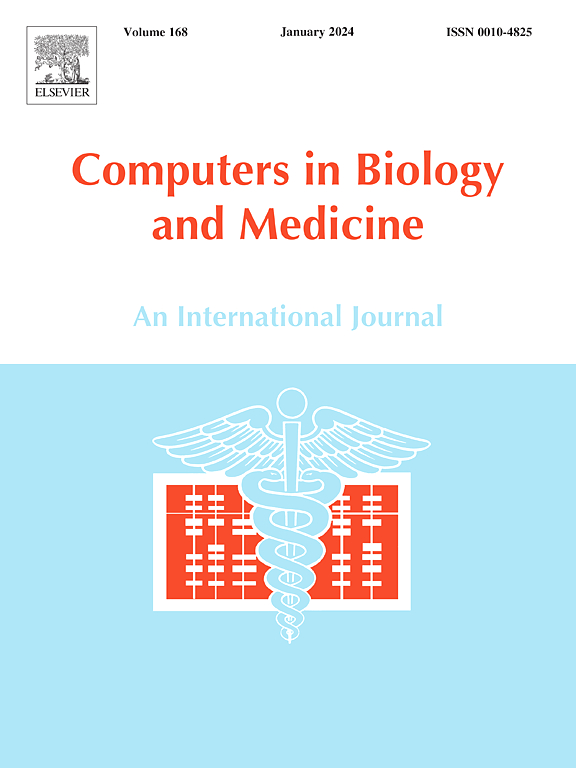如何通过信息技术和实践改善输血安全
IF 6.3
2区 医学
Q1 BIOLOGY
引用次数: 0
摘要
背景/目的安全输血的本质是在正确的时间向正确的患者提供正确的血液。为了提高输血安全性,我们在整个过程中实施了一套信息技术,以规范临床实践。方法包括存储管理中的自动警告、输血请求中的监管限制和自适应警报、血液发放中的交叉检查、患者识别的条形码匹配、整个输血过程中的个人数字助理跟踪、不良反应的自发提醒、个性化输血的信息共享以及特殊情况下的系统覆盖。使用Excel对系统生成的数据进行分析。结果2019 - 2024年的数据显示,废物率为1.0%。供血的平均周转时间从71.4分钟到173.5分钟不等。开始时间超过30分钟、完成时间超过4小时的输血百分比在6年期间有所波动。对于红细胞,这些百分比分别逐渐下降到2.8%和0.7%。总输血反应率为746.9 / 10万单位。总共有1165个红细胞请求超过了阈值,其中119个缺乏合理的理由。此外,还提出了两个险些发生的事件。结论将监管限制和提醒信息整合到输血知识库中可以防止知识错误。技术识别和警报系统在减少失误方面是有效的。信息技术通过改善对输血指南的遵守和尽量减少可避免的操作错误来提高输血安全。本文章由计算机程序翻译,如有差异,请以英文原文为准。
How to improve blood transfusion safety through information technology and practices
Background/objectives
The essence of safe blood transfusion is providing the right blood to the right patient at the right time. To improve transfusion safety, we implemented a suite of information technologies across the entire process to standardize clinical practices.
Methods
Our approaches include automatic warnings in storage management, regulatory restrictions and adaptive alerts in transfusion request, cross-checking in blood issuance, barcode matching for patient identification, personal digital assistants tracking throughout transfusion processes, spontaneous reminders for adverse actions, information sharing for individualized transfusion, and system overrides for special situations. The system generated data were analyzed using Excel.
Results
Data from 2019 to 2024 indicate a waste rate of 1.0 %. The average turnaround time for blood issuance ranged from 71.4 to 173.5 min. The percentage of transfusions starting beyond 30 min and completing beyond 4 h fluctuated over the six-year period. For red blood cells, these percentages gradually decreased to 2.8 % and 0.7 %, respectively. The overall transfusion reaction rate per 100,000 units was 746.9. A total of 1165 red cell requests exceeded the threshold, with 119 lacking reasonable justification. Additionally, two near-miss events are presented.
Conclusion
Integrating regulatory limitations and reminders into a transfusion knowledge base prevents knowledge errors. Technical identification and alert systems are effective in reducing slip errors. Information technology enhances transfusion safety by improving adherence to transfusion guidelines and minimizing avoidable operational errors.
求助全文
通过发布文献求助,成功后即可免费获取论文全文。
去求助
来源期刊

Computers in biology and medicine
工程技术-工程:生物医学
CiteScore
11.70
自引率
10.40%
发文量
1086
审稿时长
74 days
期刊介绍:
Computers in Biology and Medicine is an international forum for sharing groundbreaking advancements in the use of computers in bioscience and medicine. This journal serves as a medium for communicating essential research, instruction, ideas, and information regarding the rapidly evolving field of computer applications in these domains. By encouraging the exchange of knowledge, we aim to facilitate progress and innovation in the utilization of computers in biology and medicine.
 求助内容:
求助内容: 应助结果提醒方式:
应助结果提醒方式:


